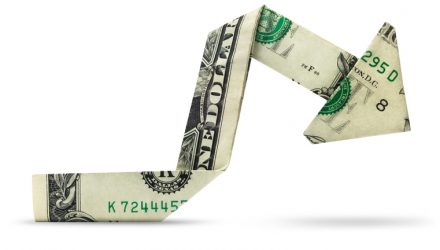Nevertheless, traders who are wary of the extended bullish conditions can look to VIX-related exchange traded products to hedge their exposure in case of a sudden fallout.
For instance, VIX traders may look to the iPath S&P 500 VIX Short Term Futures ETN (NYSEArca: VXX), ProShares VIX Short-Term Futures ETF (NYSEArca: VIXY), VelocityShares Daily Long VIX Short-Term ETN (NYSEArca: VIIX) and REX VolMAXX Long VIX Weekly Futures Strategy ETF (BATS: VMAX).
The VIX, or so-called fear index, is a widely observed indicator for investor sentiment in the stock market and measures the expected or implied volatility of large-cap stock options traded on the S&P 500 index. ETPs that track VIX futures allow investors to profit during rising volatility or hedge against short-term turns. VIX exchange traded products track the VIX futures market, not the VIX spot price.
Related: The Best Performing ETF of 2017 Is…
The bearish or inverse VIX ETF, the REX VolMAXX Inverse VIX Weekly Futures Strategy ETF (BATS: VMIN) has also been one of the best performing ETFs this year due to the ongoing risk-on environment and falling VIX. The reason VMIN has been doing so well may be attributed to a quirk in the way the ETF structure works.
With the popularity of inverse VIX ETFs grows, many think of volatility funds as having a significant decay in price. While this is generally true of long volatility funds, VMIN takes the other side of the trade, benefiting from such decay as it accrues in exchange for bearing the risks associated with sudden spikes in volatility.
For more information on the CBOE Volatility Index, visit our VIX category.
